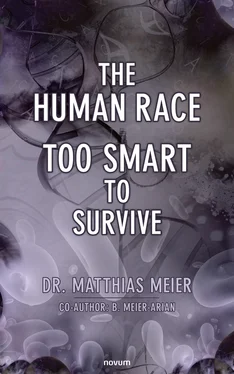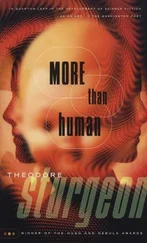But the nerve roots also integrate autonomic nerve fibers, which control metabolism and things like adapting to stress or resting conditions. The major vegetative centers connect at the thoracic spine to form longitudinal cords that run under the rib joints on the right and left to the upper lumbar spine, forming what is called the “sympathetic trunk”. This is our stress system and responds to stress by altering hormone production and energy supply to keep the body alive in emergency situations (increased heartbeat, increased blood sugar and cholesterol, faster breathing, increased muscle tone, dilation of bronchial tubes, reduction of digestive and thyroid function). Discrete changes, however, are physiological and change within a day, from day to day, and from week to week, automatically adjusting to external circumstances. From the brain stem and coccyx originate the large parasympathetic nerves, which act like an antagonist of the sympathetic nervous system. They promote sleep, digestion, and healing as well as growth by stimulating the thyroid gland.
Who is not familiar with this situation? A small turn or a bending movement and suddenly pain shoots up the back of the neck—a stabbing pain between the shoulder blades or deep in the lumbar spine. What is it that brings us this misery that takes days or weeks to go away, and does it have a deeper meaning? Can we wait it out or should we get it treated?
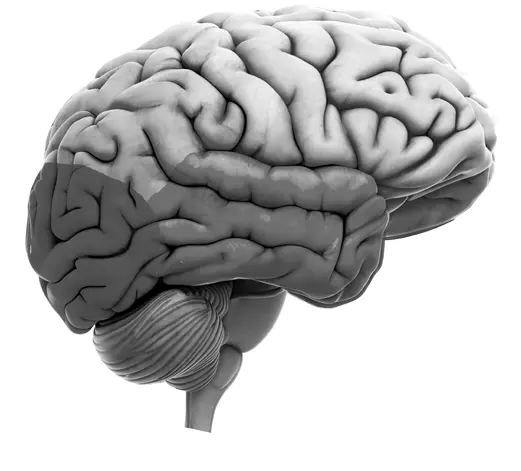
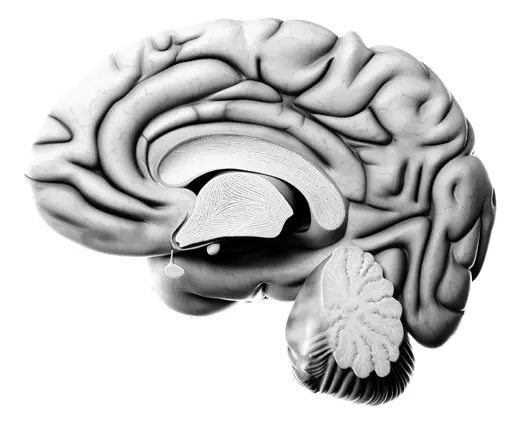
Source: Adobe Stock (SciePro)
Subluxations in any segment of the spine can lead to disturbed biomechanics, thereby limiting the mobility of the small vertebral segments, exerting pressure on the intervertebral discs and reducing their nutrient supply. They can interfere with the transmission of nerve signals. This is a crucial finding since nerve roots transmit signals for the metabolism of muscles, tendons, joints, organs and hormone glands. A permanently disturbed transmission can thus lead to a chronic disease in the area supplied by the nerves (for example, dizziness in the case of subluxations of the upper cervical spine, cardiac arrhythmia in the case of subluxations of the upper thoracic spine or knee arthrosis in the case of subluxations of the middle lumbar spine, etc.). A subluxation is, strictly speaking, a protective mechanism of the brain to prevent certain vertebral segments from becoming too misaligned, such as after an accident or in the case of intervertebral disc degeneration. Muscles that stabilize the individual vertebrae receive a signal to contract and tense. While this protects the segment from further misalignment, it also means a deterioration in biomechanics and a physical stress for the individual. In order to function optimally, it is important that the skull and spine remain in their physiological structure and position with the pelvis. A rear-end collision or fall, a blow to the back of the head, or other events judged to be trivial can upend the healthy biomechanics of the spine, even if no fractures or disc damage can be detected. Protective subluxations cause minimal, yet physiologically significant, lateral tilt, compression, and rotation of the vertebra, thereby limiting motion on the disc and increasing pressure and decreasing nutrient delivery to the disc. If these are not resolved, long-term deformities of the spine and further degeneration of intervertebral discs and osteoarthritis in the vertebral joints will result. This also leads to increasing pressure on the nerves coming out of these segments, which prevents the transmission of the nerve signal. Nerves perform a variety of tasks that include motor control, sensitivity, including pain and metabolic control. This association of nerves and peripheral joints, organs, endocrine glands, muscles and fascia is well documented and virtually the same for all people.
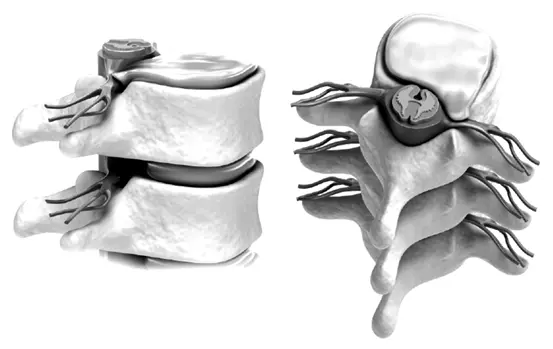
Source: Adobe Stock (Alexandr Mitiuc)
A real-life example: A young woman has a rear-end collision on her way to work and goes to the hospital to be examined. In the emergency room, an X-ray of the cervical spine is performed as standard procedure to rule out a fracture. She is given the all-clear—no fracture, just a steep angle of the cervical spine, as often occurs in rear-end collisions.
The attending physician tells the patient it is “muscular in origin”. After a few days, the patient notices increasing pain on the left side of her face and back of her head, as well as dizziness. Since it was a work-related injury, she presents to the accident insurance consultant (treating trauma surgeon) and reports it. An MRI scan is performed to rule out further injury to the vessels supplying the brain; however, it yields no further findings. A prescription for rehabilitation is given and it begins within two weeks. The patient receives the entire spectrum of rehabilitation medicine including physiotherapy, massages, Fango, electrotherapy and psychological support. After three weeks, there was still no improvement. Treatment was extended by one week, but still had no positive results. Slowly, the medical staff began to feel annoyed. Was the patient faking it? The patient was discharged as she had been admitted, with the proviso that she could go back to work. Such patients are seen in emergency rooms and rehab centers every day, and many patients actually benefit from the treatments they receive. However, if the symptoms don’t improve, then the root cause of the issue has not been identified. The solution to the problem, however, is simpler than one might think. If you look at the X-rays of these people, you will see that the spine is not in its physiological position. Either there is a lateral tilt, a steep position (as in the example), or even a reversal of the natural curves, most commonly in the cervical and lumbar spine. These changes are associated with increased tension on the spinal cord and segmental roots, causing deterioration of signal transmission through the nerves. Restoration of normal biomechanics leads to a cessation of symptoms. For the patient in the example, 30 chiropractic treatments of the entire spine, including the pelvis, accomplished just that.

Source: Adobe Stock (peter hermes furian)
Since the individual nerve roots from the spinal column have more or less the same path and the same target organ in all people, it is easy to assign specific misalignments to a symptomatology and to treat accordingly.
The anatomy and function of our “autonomic nervous system” is crucial to understanding the underlying cause of a disease. The autonomic nervous system can be thought of as a living battery within us that controls metabolism, energy levels, our need and quality of sleep, and the distribution of blood flow. It can be fully charged or it can be almost empty. Stress and recovery depend on a balance of its two counterparts: the sympathetic and parasympathetic nervous systems. The sympathetic nervous system is our stress system and is essential for survival in threatening situations. Typical “sympathetic” reactions are: increase in heart rate, blood pressure, cholesterol levels, fatty acids and blood sugar, decrease in thyroid activity, digestion and sleep as well as an increase of the tone of the small vertebral muscles. These are all natural reactions to a stressful situation, whereby the body does not differentiate between emotional, chemical or physical stress. It always responds first with an increase in sympathetic activity, which is of significance in this context. Normally, the acute stressful situation should eventually subside, and the response should cease accordingly. However, if the stress becomes chronic, this can become a problem. The situation of increased blood pressure, increased cholesterol, low thyroid levels, poor digestion and limited quality of sleep affects many people. Often a doctor prescribes a blood pressure medication, cholesterol-lowering drugs, thyroid hormones, laxatives and sleeping pills. But even without having studied medicine, one will now understand that the cause of the changes has not been treated or even investigated. This is because the various forms of stress continue to be present and do not diminish on their own over time.
Читать дальше
